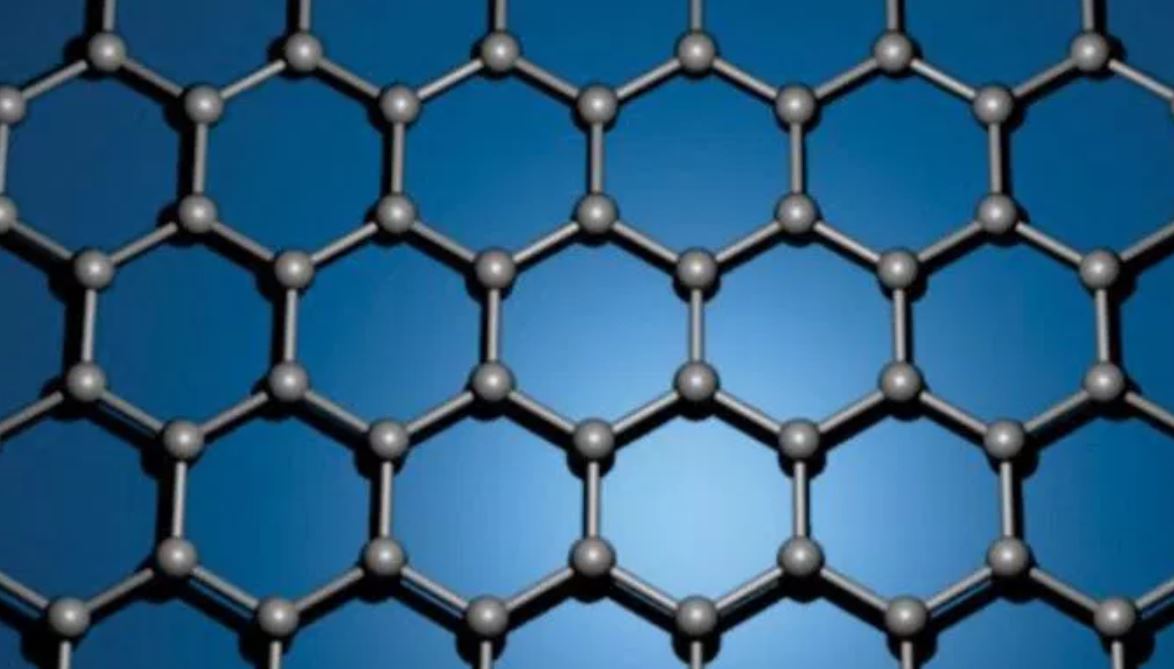
The number of different graphene-based wearable prototypes emerging today is growing rapidly. The Graphene Pavilion is returning to the MWC (Mobile World Congress) with more than twenty graphene-based prototypes.
ICFO (Institut de Ciències Fotòniques) in Barcelona, a Graphene Flagship partner, developed four of the twenty prototypes. ICFO’s technologies are likely to turn mobile phones into life-saving devices, says Graphene Flagship.
Graphene-based wearable – monitoring sunlight exposure
ICFO’s first device on display allows people to monitor sunlight exposure levels through an ultra-violet sensor. Scientists designed it as a disposable, transparent, flexible patch which communicates with a mobile device.
The device alerts users once they reach a specified sun-exposure threshold.
Graphene-based wearable – Fitness band
ICFO’s fitness band uses the same core technology as its UV patch. Scientists are developing it to measure hydration, oxygen saturation, heart rate, and breathing rate. It also records the user’s body temperature. People can use the fitness band, for example, when they are doing exercise.
However, this device does much more than simply measure the user’s physical activity.
In a press release, Graphene Flagship offers the following scenario:
“Consider the following scenario. A person is trekking in the remote Amazon jungle with limited access to water. By measuring the skin hydration of their body with ICFO’s fitness band, the user can optimize water intake, preventing any sort of dehydration.”
“Similarly, an explorer hiking to the peak of Mount Everest could use the band to accurately monitor oxygen saturation in blood. The high altitude can severely affect oxygen saturation in the body. Using the band, the hiker could monitor these levels and emit a warning if oxygen saturation in the blood decreases drastically below a certain level.”
This ICFO’s video explains what the fitness band does.
Other graphene-based wearables
ICFO will also showcase a graphene-enabled hyperspectral image sensor and the world’s smallest single pixel spectrometer. Both devices have broadband capabilities and do not use expensive and bulky photo-detection systems.
Users will be able to utilize spectroscopy tools that to date have only been available in specialized labs. Compact, low-cost spectrometers will be able to detect counterfeit drugs and identify harmful substances in our food.
Frank Koppens, group leader at Graphene Flagship partner ICFO, said:
“Built into a smartphone camera, the graphene-based camera sensor allows phones to see more than what’s visible to the human eye. Made up of hundreds of thousands of photodetectors, this incredibly small sensor is highly sensitive to UV and infrared light.”
“This technology would allow users in the supermarket to hold the camera to fruit and infer which is the freshest piece. Or, in a more extreme example, the camera could be used for driving in dangerously dense fog by providing augmented outlines of surrounding vehicles on the windscreen.”
Koppens is also Chair of the Graphene Flagship MWC Committee.
ICFO will be displaying its technology at the Graphene Pavilion at MWC in the NEXTech Hall, 8.0 Stand 8.0K31 from 25th to 28th February.
What is Graphene?
Graphene is the lightest, strongest, and thinnest material on Earth.

